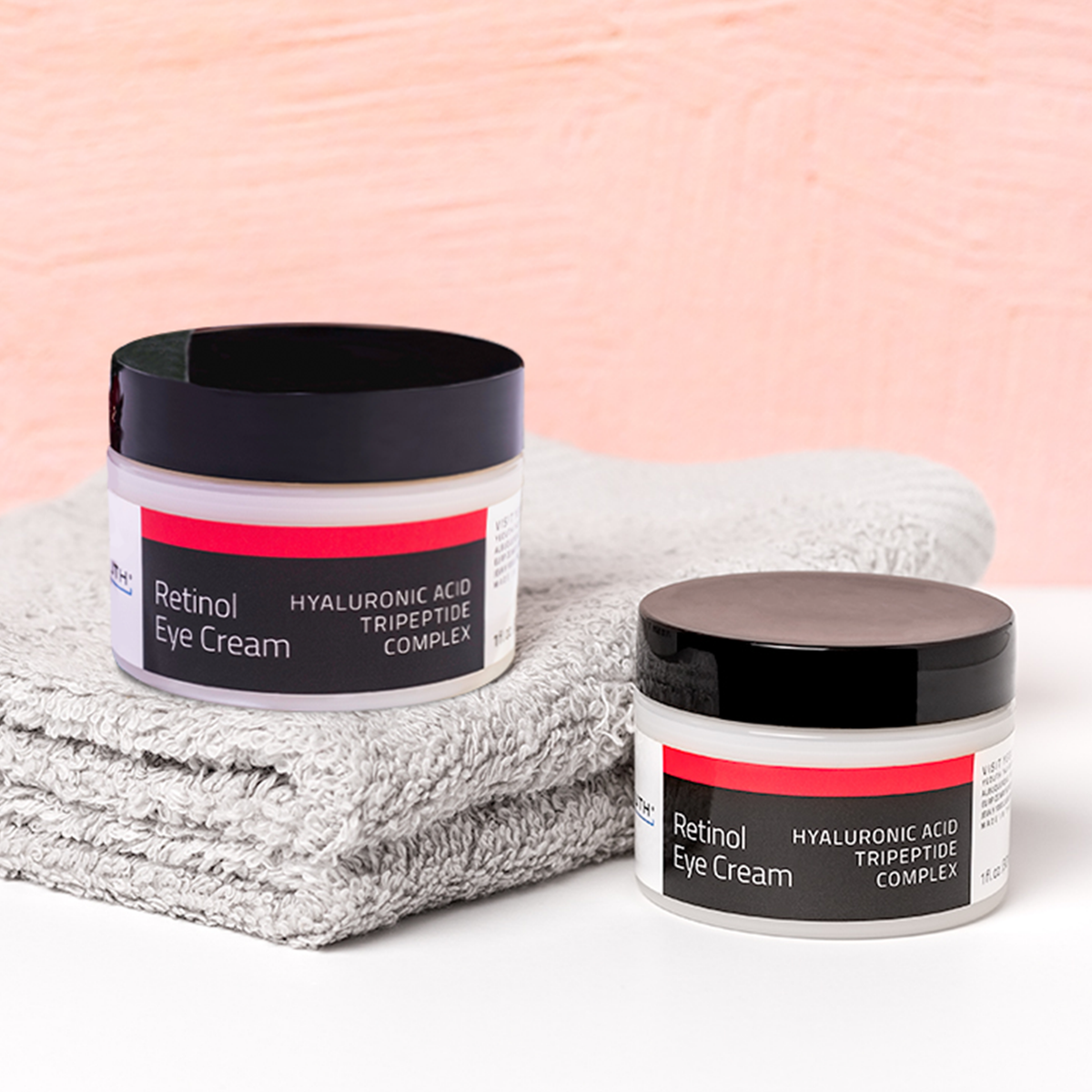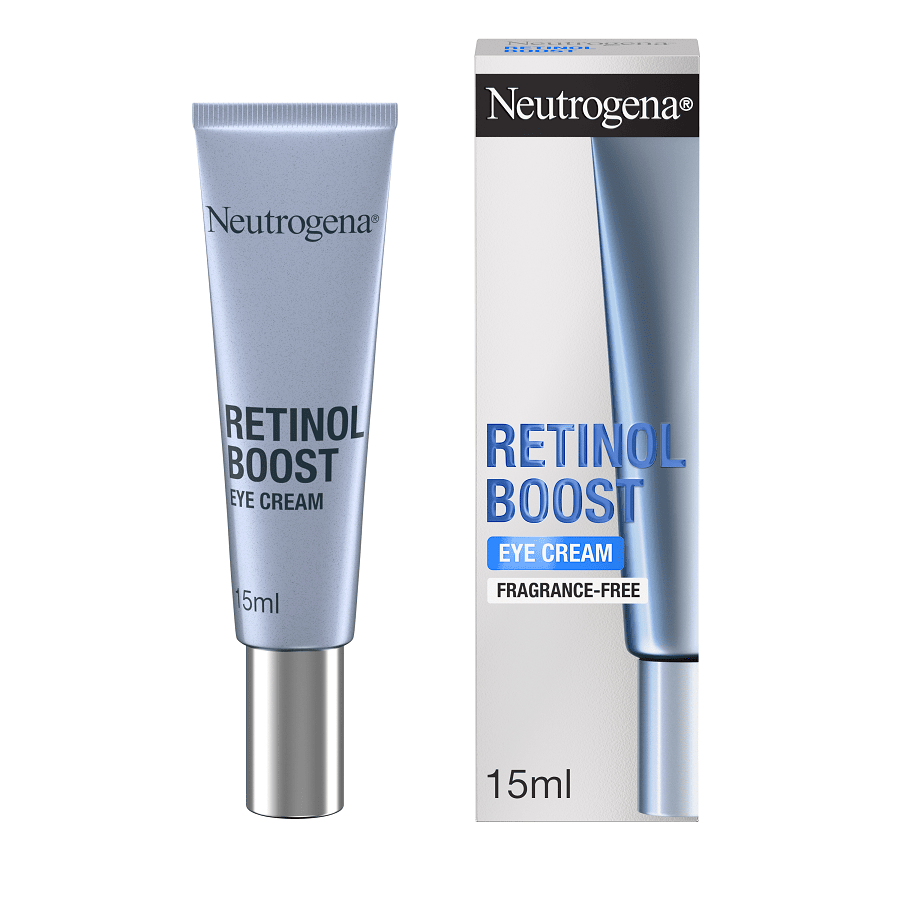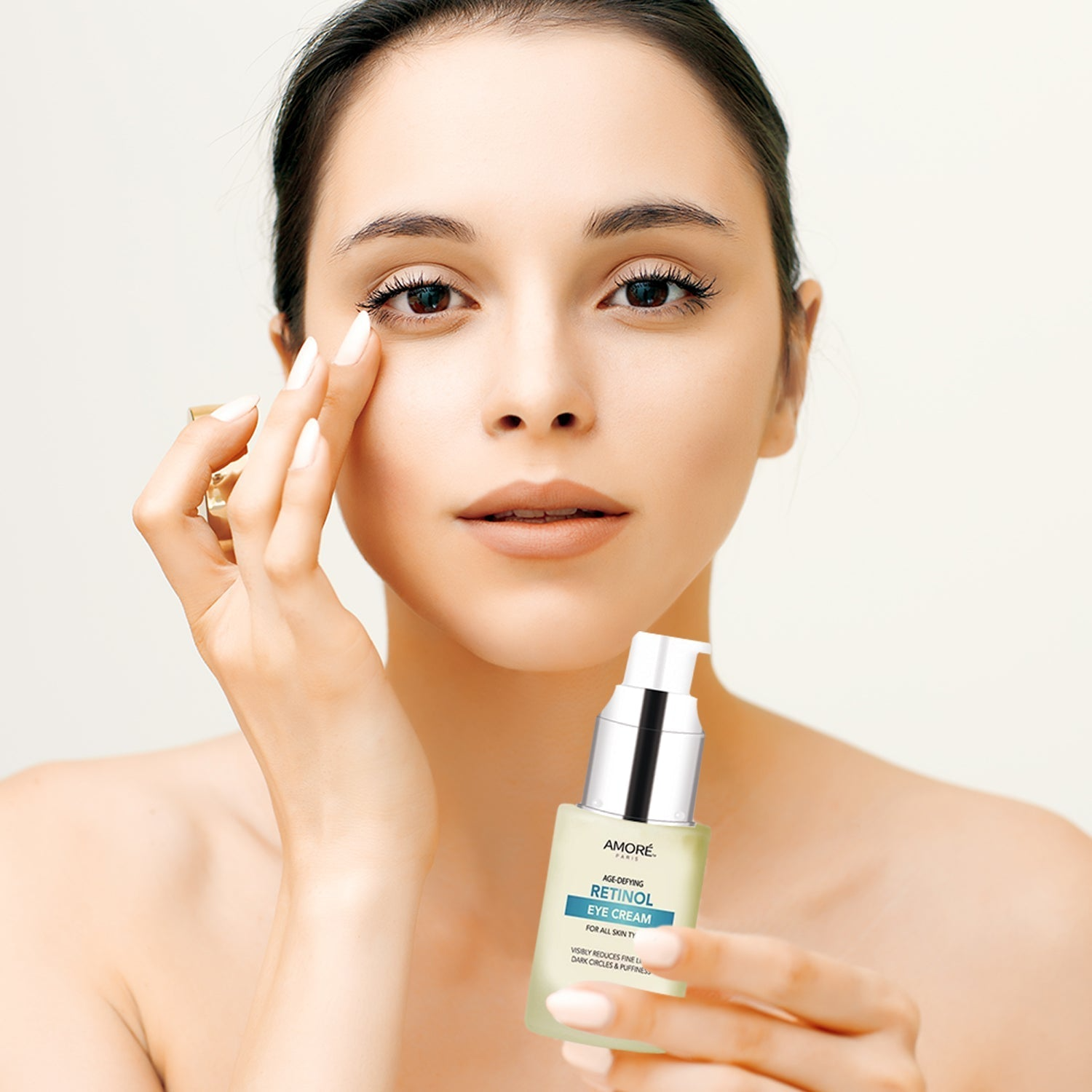In the quest for youthful, radiant skin, one ingredient stands out among the rest: retinol. This powerhouse derivative of vitamin A has long been lauded by dermatologists and skincare enthusiasts alike for its remarkable ability to combat signs of aging, particularly when it comes to the delicate eye area. In this article, we delve deep into the world of retinol eye creams, exploring why they’re so effective, how to choose the right one, and how to incorporate them into your skincare routine safely.
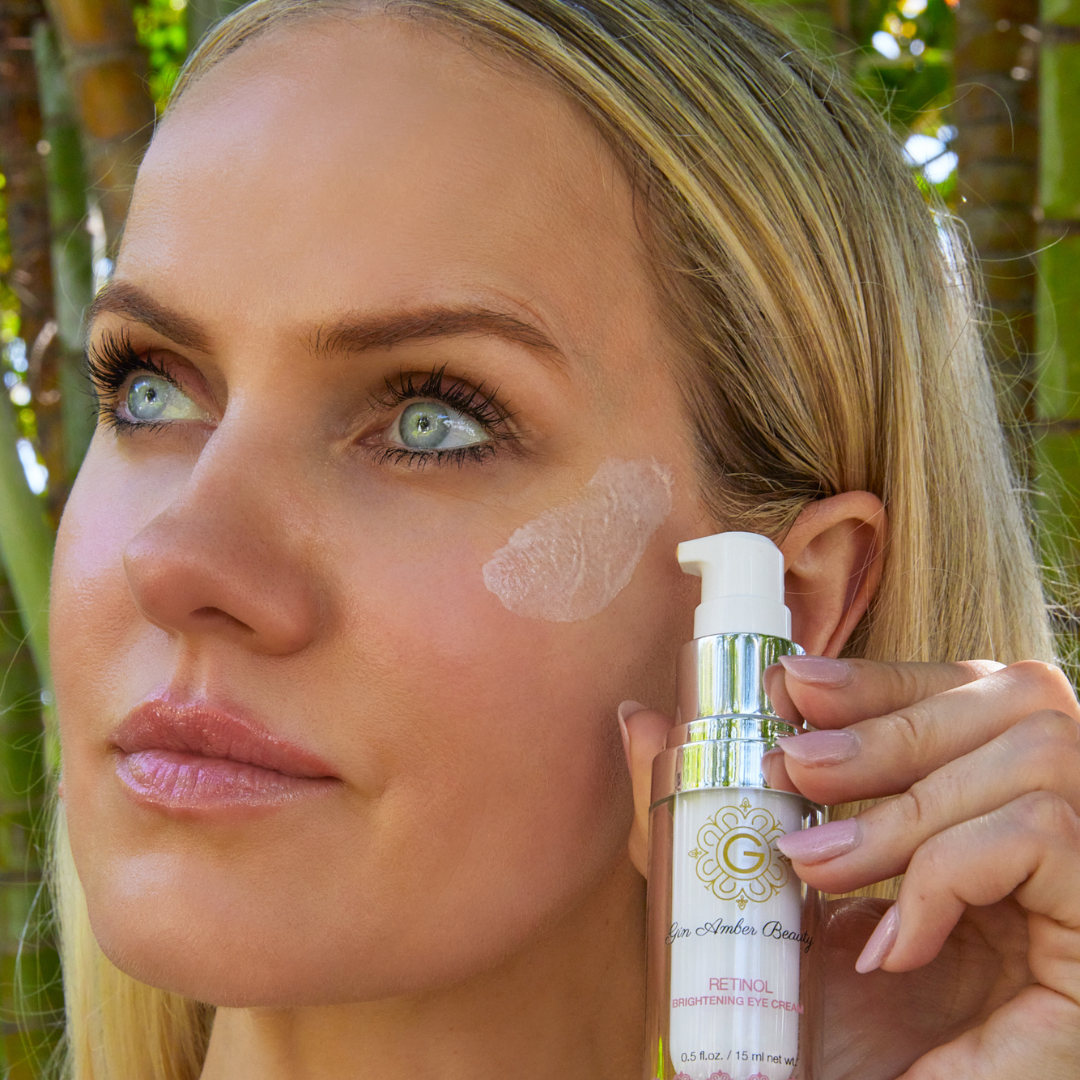
Understanding Retinol: The Science Behind Youthful Eyes
What is Retinol?
Retinol is a form of vitamin A that works by accelerating skin cell turnover. As we age, our skin’s natural renewal process slows down, leading to a buildup of dead skin cells and the appearance of fine lines, wrinkles, and uneven texture. Retinol steps in to speed things up, stimulating collagen production and promoting a smoother, more youthful complexion.
Why Use Retinol Around the Eyes?
The skin around the eyes is thinner and more prone to showing early signs of aging, such as crow’s feet and fine lines. Retinol eye creams are specifically formulated to address these issues without causing irritation common in other areas of the face. Their targeted action helps to reduce wrinkles, improve skin elasticity, and even out skin tone in this sensitive region.
Choosing Your Retinol Eye Cream Wisely
Strength Matters
Retinol products come in varying strengths, typically ranging from 0.01% to 1%. For the eye area, it’s wise to start with a lower concentration to minimize potential irritation. As your skin adjusts, you can gradually increase the strength for enhanced benefits.
Ingredients to Look For
Combining retinol with soothing and hydrating ingredients like hyaluronic acid, niacinamide, and ceramides can enhance its effectiveness and reduce potential side effects. These additives help to counterbalance any dryness or sensitivity that retinol might induce.
Packaging Matters
Retinol is sensitive to light and air, which can degrade its potency. Opt for products packaged in opaque tubes or pumps to ensure maximum efficacy.
Incorporating Retinol Eye Cream into Your Routine
Incorporating a retinol eye cream into your daily skincare routine can be highly beneficial for addressing signs of aging and rejuvenating the delicate skin around your eyes. To do this effectively and safely, follow these steps:
Step 1: Know Your Skin
Before starting, ensure that your skin, particularly around the eyes, can tolerate retinol. If you have extremely sensitive skin or conditions like eczema, rosacea, or severe dryness, consult a dermatologist first.
Step 2: Choose the Right Product
Select a retinol eye cream formulated specifically for the eye area. Look for products with encapsulated or time-release retinol, which can be less irritating, and added moisturizers like hyaluronic acid to combat dryness.
Step 3: Prepare Your Skin
Cleanse your face thoroughly and pat dry. Apply your usual toner, if you use one, and wait for your skin to dry completely before moving on to the next step.
Step 4: Apply Retinol Eye Cream
Using your ring finger, take a pea-sized amount of the retinol eye cream and gently tap it around your orbital bone, avoiding direct contact with the eyelid and the inner corner of the eye where the skin is thinnest. Do not rub, as this can tug at the delicate skin.
Step 5: Allow Absorption
Give the retinol a few minutes to absorb fully before applying any other products. This will help prevent pilling and ensure maximum effectiveness.
Step 6: Moisturize and Protect
Follow up with a moisturizer, preferably one designed for nighttime use if you apply retinol at night. Don’t forget to apply a broad-spectrum sunscreen with an SPF of 30 or higher in the morning, even if you’re staying indoors, as retinol can increase sun sensitivity.
Step 7: Gradual Integration and Patience
If you’re new to retinol, start by using it every third night for the first two weeks, then increase to every other night, and eventually every night as tolerated. This helps minimize irritation and allows your skin to adapt.
Step 8: Monitor and Adjust
Pay attention to how your skin reacts. If you experience excessive dryness, redness, or peeling, reduce the frequency of application or consider using a lower concentration of retinol. Always listen to your skin and adjust your routine accordingly.
Step 9: Consistency is Key
For best results, consistency is crucial. Stick to your routine, and remember that visible improvements from retinol typically take several weeks to months.
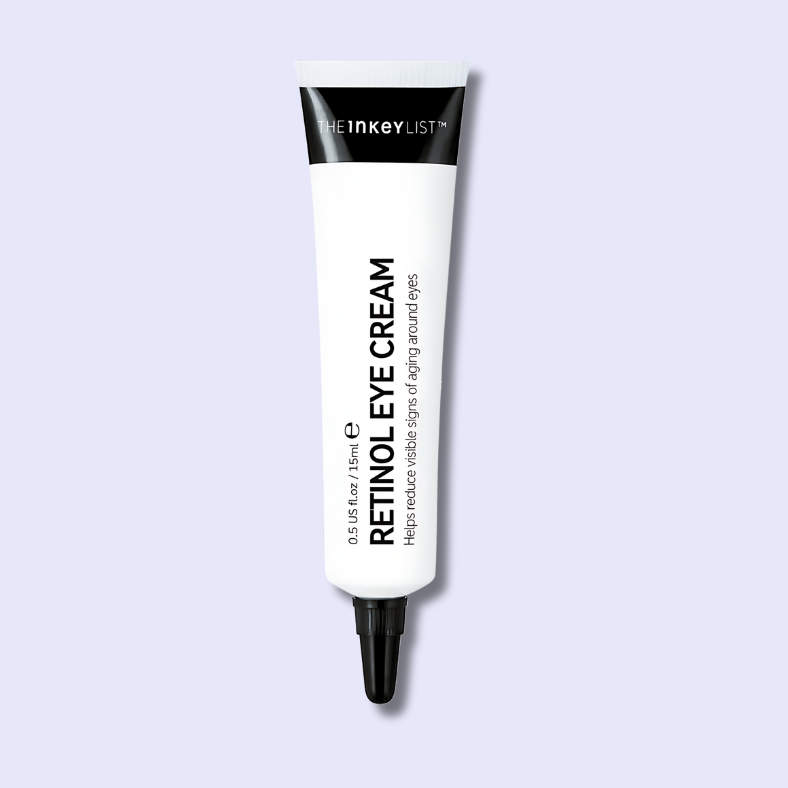
By following these steps and being mindful of your skin’s response, you can successfully incorporate a retinol eye cream into your routine for a brighter, smoother, and more youthful-looking eye area.
Managing Side Effects and Expectations
Retinol eye creams are popular skincare products due to their ability to reduce the appearance of fine lines, wrinkles, dark circles, and puffiness around the eyes. However, as with any potent skincare ingredient, retinol can have side effects, especially when used around the delicate eye area. Here’s how to manage these side effects and set realistic expectations when incorporating a retinol eye cream into your routine:
Managing Side Effects
- Start Slowly: Begin by using your retinol eye cream every other day or even less frequently, allowing your skin to adjust. Over time, you can gradually increase frequency based on your skin’s tolerance.
- Less is More: Use a tiny amount of product, about the size of a grain of rice, for both eyes. Applying too much can increase irritation.
- Gentle Application: Apply the cream gently using your ring finger, which exerts the least pressure, and pat it in rather than rubbing.
- Moisturize Well: Retinol can be drying, so make sure to moisturize the under-eye area well before applying the retinol cream. Consider using a hydrating eye cream in the morning if needed.
- Sun Protection: Retinol can make your skin more sensitive to the sun. Always wear a broad-spectrum sunscreen during the day, even if you’re not planning to spend time outdoors.
- Nighttime Use: Retinol works best when used at night since sunlight can degrade its effectiveness and increase skin sensitivity.
- Avoid Other Irritants: When starting retinol, temporarily avoid other potentially irritating skincare products like strong acids (glycolic, salicylic) or physical exfoliants.
Setting Realistic Expectations
- Patience is Key: Results from retinol use are not immediate. It can take 8-12 weeks of consistent use to see visible improvements in fine lines and texture.
- Gradual Improvement: Understand that retinol works by increasing cell turnover, which leads to smoother, more even skin over time. Expect gradual, cumulative benefits rather than overnight transformation.
- Individual Results Vary: Everyone’s skin reacts differently to retinol. Factors like age, skin type, and lifestyle can impact the effectiveness and speed of results.
- Long-Term Commitment: To maintain the benefits, continuous use is necessary. Discontinuing use will allow the skin to return to its previous state over time.
- Realistic Goals: While retinol can significantly improve the appearance of fine lines and texture, it has limitations. Deep wrinkles, severe dark circles, or significant puffiness may require additional treatments or professional interventions.
Remember, consulting with a dermatologist before starting any new skincare regimen, especially one involving retinol, can help ensure you’re choosing the right products for your skin and managing potential side effects effectively.
Conclusion: Unlocking Timeless Beauty with Retinol Eye Creams
Retinol eye creams are a strategic investment in the battle against aging, offering a science-backed solution to achieving brighter, smoother, and more resilient skin around the eyes. By selecting the right formula, introducing it cautiously into your routine, and committing to consistent use, you can effectively turn back the clock and maintain a youthful glow. Remember, patience and perseverance are key in harnessing the full potential of this skincare superhero. With retinol on your side, those telltale signs of aging will soon be a story of the past.
